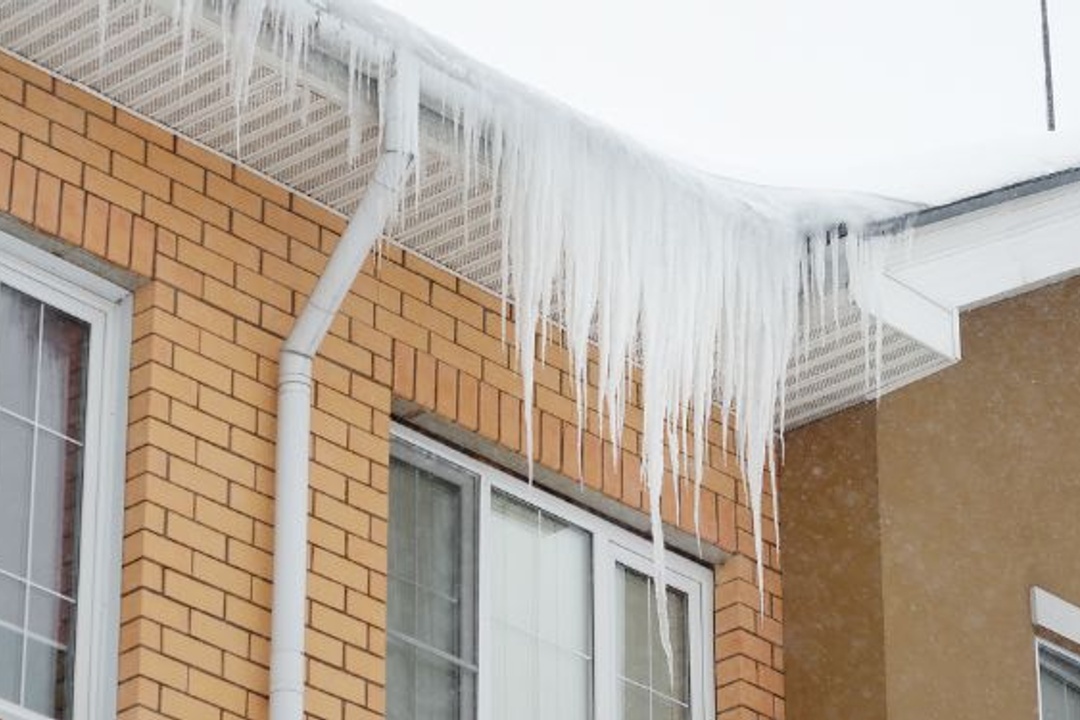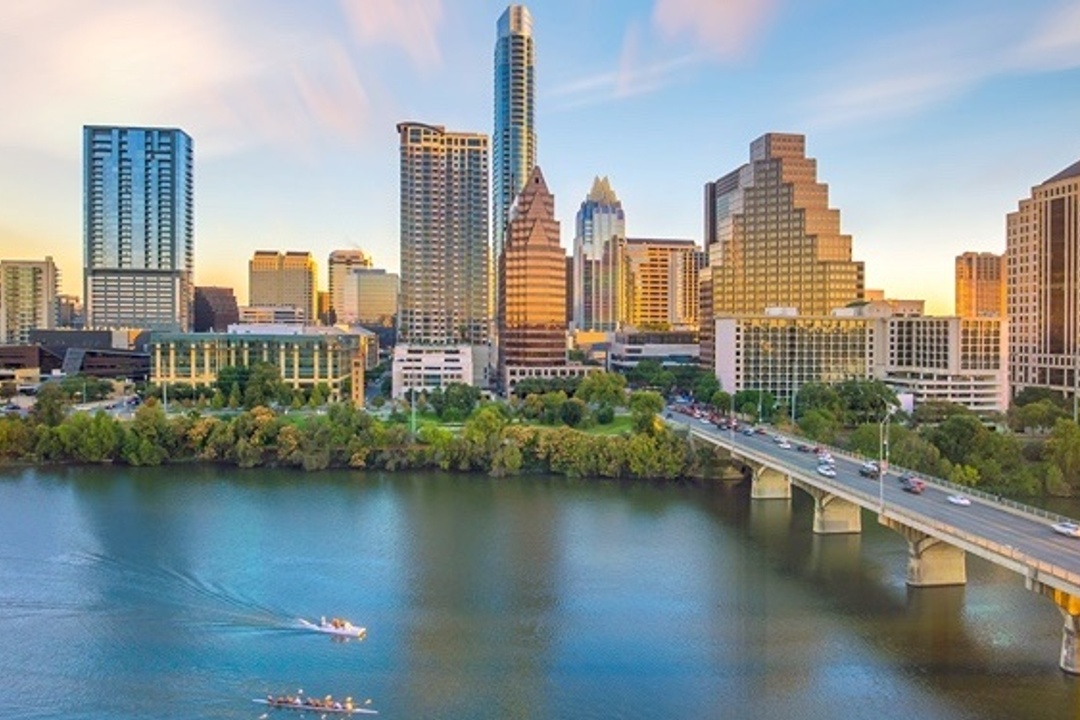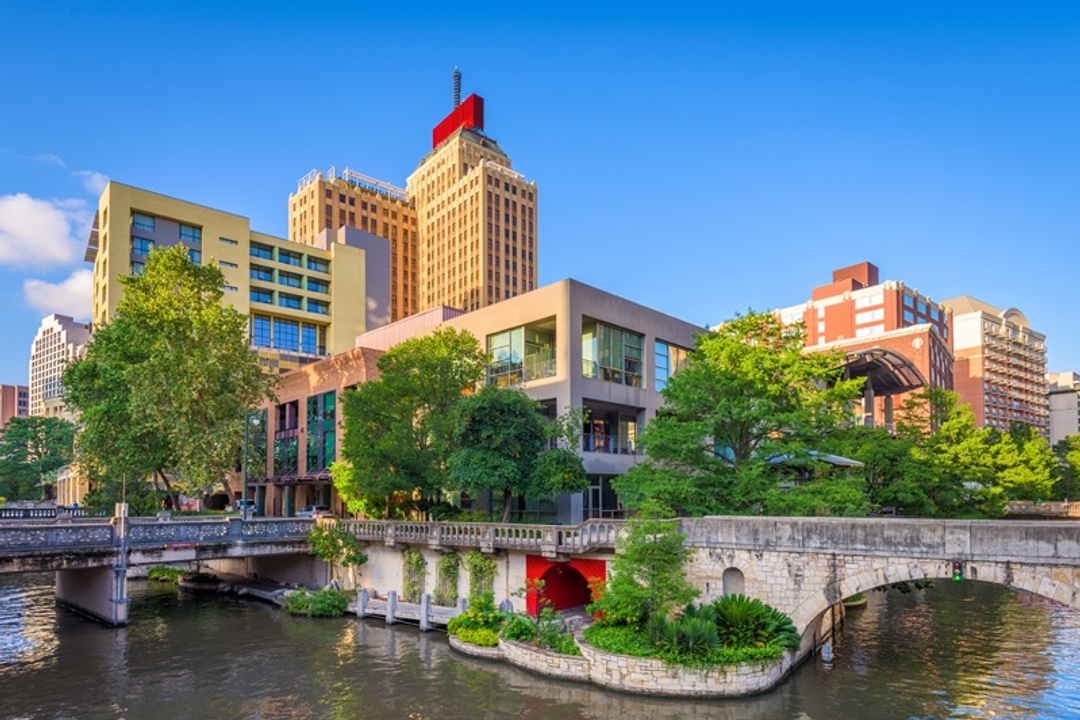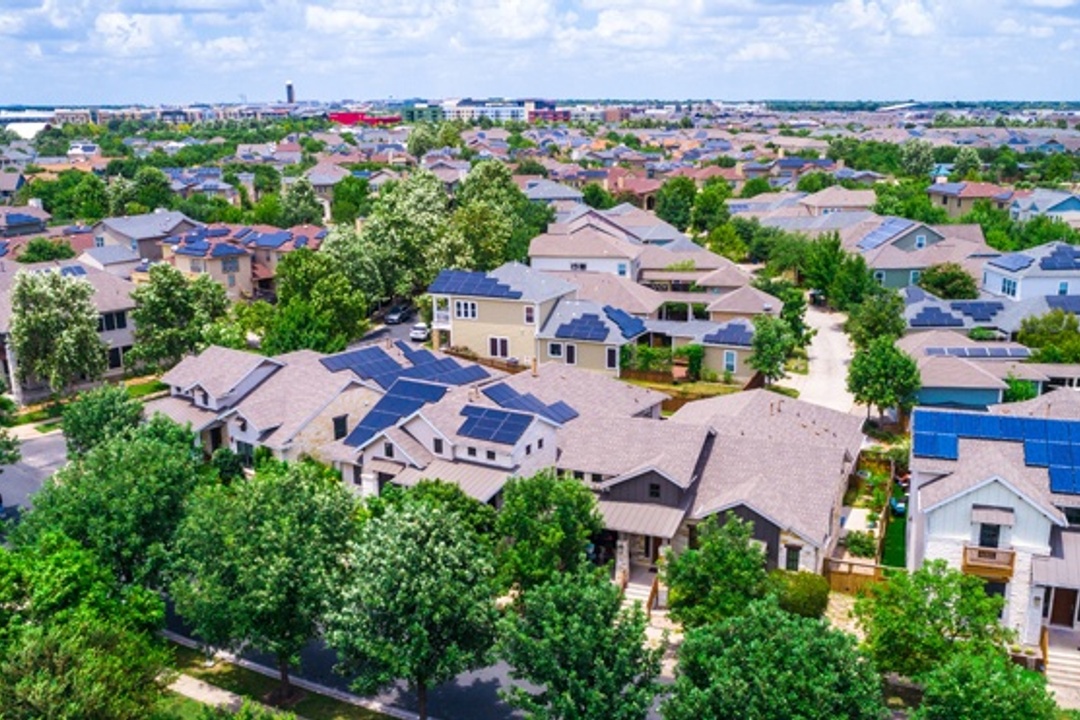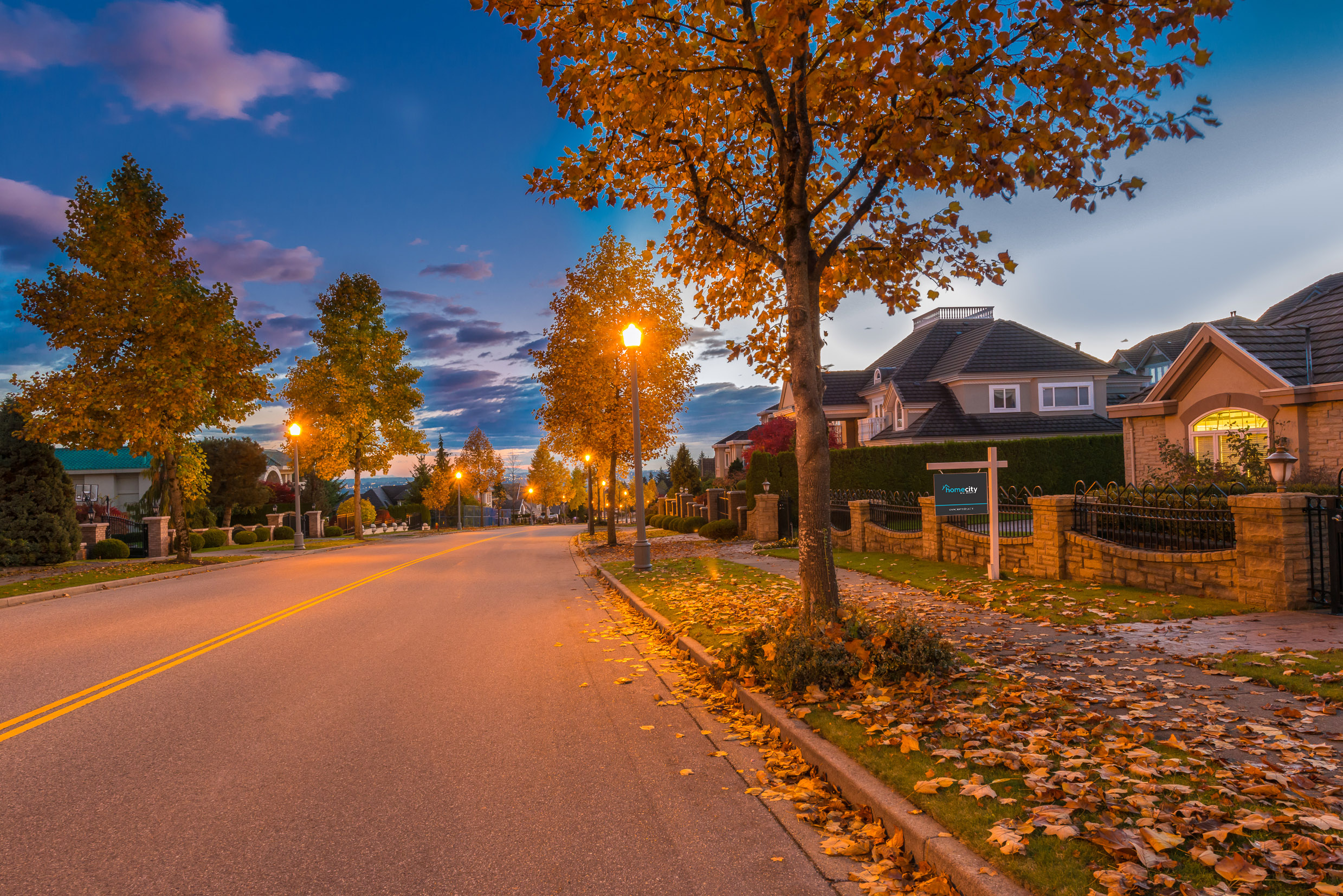

The first rule of real estate is ‘location, location, location’. You’ve no doubt heard that phrase thrown around by REALTORS® in shoulder pads since the 80’s. If you aren’t sure what location is right for you, though, how can you determine which area to choose? Is there a secret guide to finding the perfect place or is it all about research? Unfortunately, there isn’t just one simple answer, but we’ve put together some guidelines to help you figure out the right location for you and your family!
First, you’ll want to create a list of what you want in an area. Consider which items are deal breakers, and which would simply be nice to have. Things like home cost are a no-brainer to consider, ensure that you can afford not only the home cost but the property taxes of your potential neighborhood. Additionally, don’t forget to consider things like:
1. Access to necessities. Think about the places you visit most frequently when choosing a new area. Most people will want to be close to grocery stores, banks, food options and entertainment. Those who prefer the outdoors might want to ensure they are close to hike and bike trails. Still others might want to be close to their children’s schools. Decide which are most important to you and choose a neighborhood with easy access to them. You may not always find that proximity is the easiest thing to narrow down, but once you have an idea of how long you’re willing to drive for that perfect burger joint or the advanced gymnastics class, it’ll be easier to narrow down.
2. How much maintenance are you willing to perform? Some communities require homeowners to perform more maintenance than others. For instance, some neighborhoods have strict homeowners’ associations (HOAs) that require yards to be well manicured at all times. In contrast, there are also communities containing zero-lot-line housing in which the houses extend close to the edge of their property lines. This means that the property will have very little yard to maintain. Many of these communities even include lawn care and exterior maintenance which is perfect for those who travel a lot or simply don’t care to maintain a large yard. Your lifestyle will determine how much monthly maintenance you want to invest in your property, so consider this when choosing a neighborhood.
3. Commute time. The farther you are from work, the more time you will spend commuting and the more money you will spend in gas. It may not seem like a big deal, but proximity to your workplace matters. Especially in cities that are known for heavy rush hour traffic, working close to home can save time and money. Not sure where you’ll be working yet? You can choose a neighborhood that is centrally located, or that is near major employers. Whatever you decide, just keep commute time in mind.
4. Proximity to education. If there are people in your household that are in school, it’s important to make sure you have easy access to campus. This could be children, or perhaps you are still perusing a higher education. Especially if you’re trying to juggle school with work or extracurricular activities, a few minutes of distance can mean all the world when you are commuting back and forth.
5.Urban vs. Suburban. Whether you choose to live inside the city center or further out in the suburbs can depend on your personality type, place in life, or career path. Are you married with children? You may prefer the space and serenity of the suburbs. Single people or young couples without children may prefer the hustle and bustle of the city. If you work in a high-rise downtown you may not want to fight traffic on the way into work (depending on the city you live in, you may even choose not to have a vehicle!) If you have kiddos to cart around, that may not be the most desirable for you. The suburbs tend to have a lower crime rate per capita and can be calmer and less overwhelming than living in the city. Consider what you want in a neighborhood, and in neighbors for that matter, before choosing a new home.
6. New vs. established neighborhood. There are advantages and disadvantages to buying new vs. living in an established neighborhood. For example, established neighborhoods tend to have more character, fully grown trees and mature lawns, as newer homes can often be of the ‘cookie cutter’ variety. Older homes may require more maintenance and upkeep can be difficult if they stopped making parts for your air ducts in 1972. New neighborhoods will have more modern facilities, and if you build new you could even get to choose features built into your new home. Architecture styles will also more often than not fit into this category, with established neighborhoods having different architectural styles than newer ones. Established neighborhoods might have a more mature set of neighbors, while newer areas might attract young families.
Having a list of your wants and needs is important and communicating those clearly to your Realtor® will help them to find the homes and neighborhoods that are better suited to your needs. It can also be great to just research online and spend a leisurely weekend day driving around to determine what the neighborhood is like and get a feel for its character. Take a look at the housing styles, have lunch at a nearby restaurant, and explore the parks and amenities. Remember that choosing a location doesn’t have to be a chore – have fun with it!

